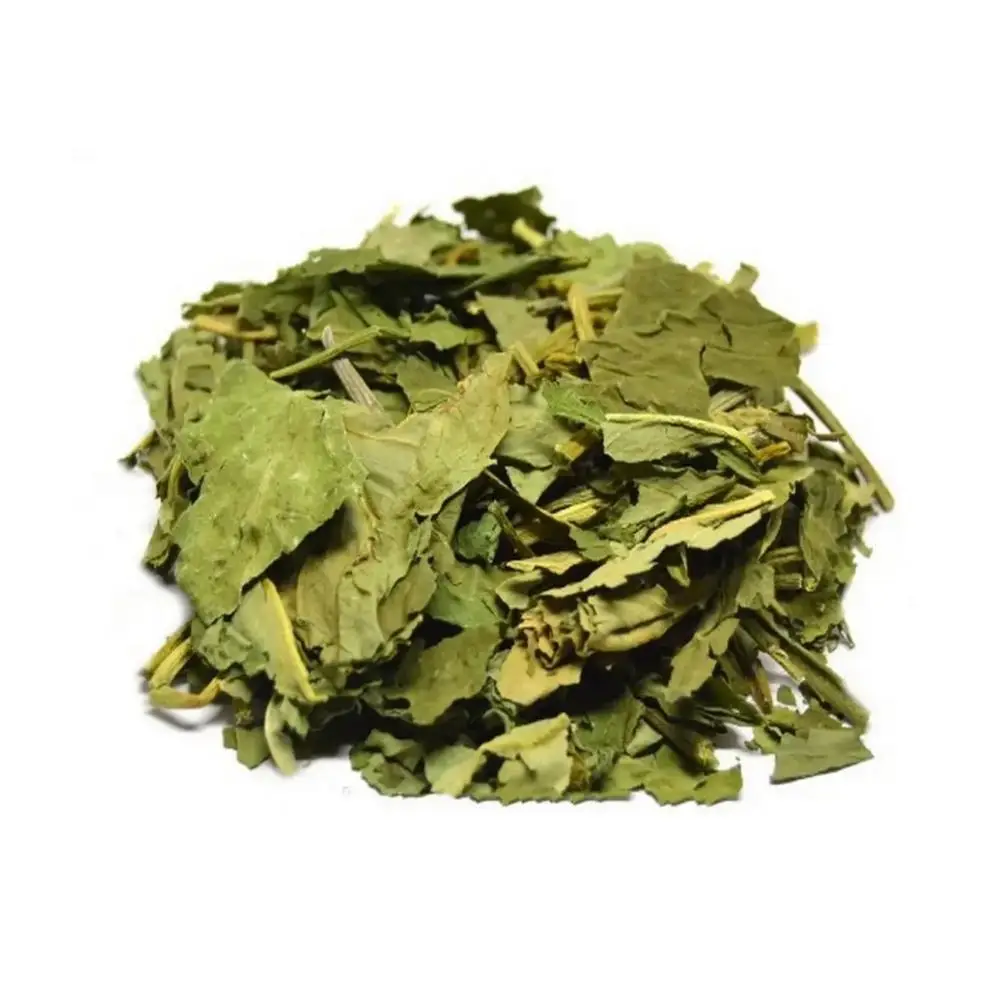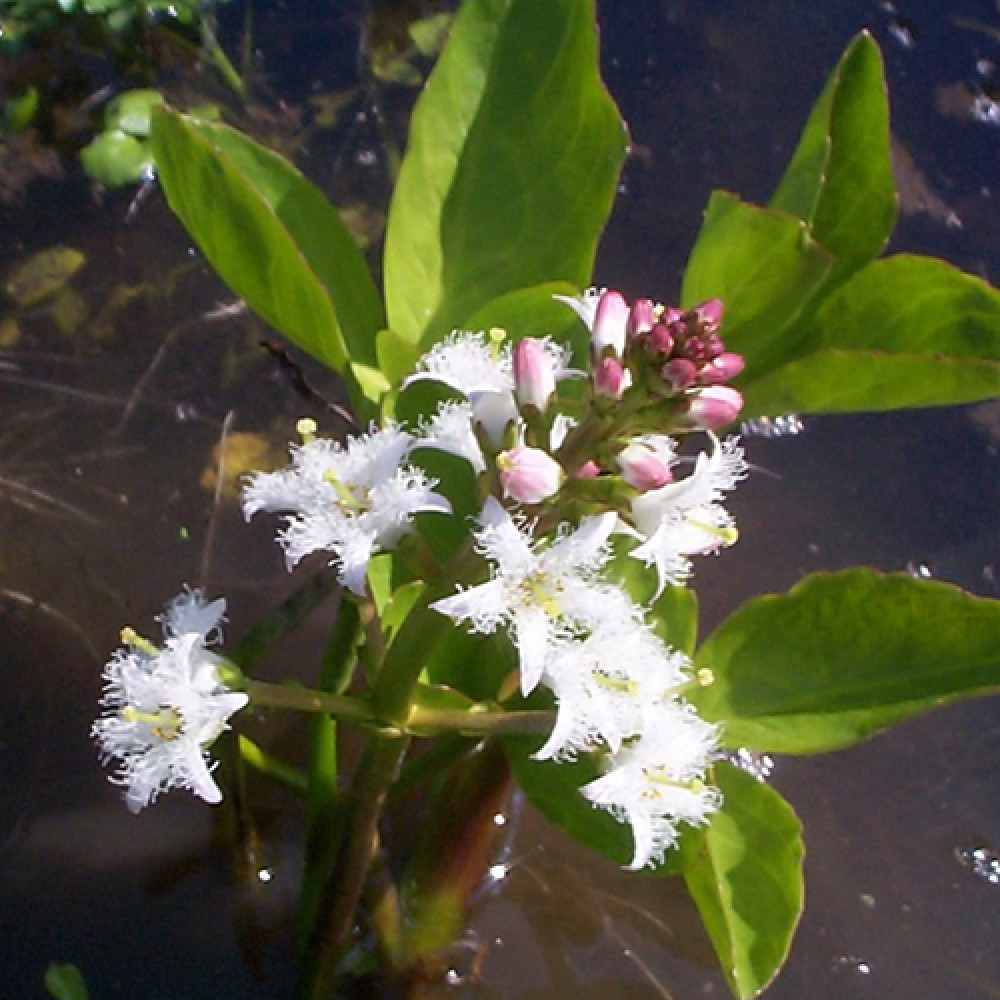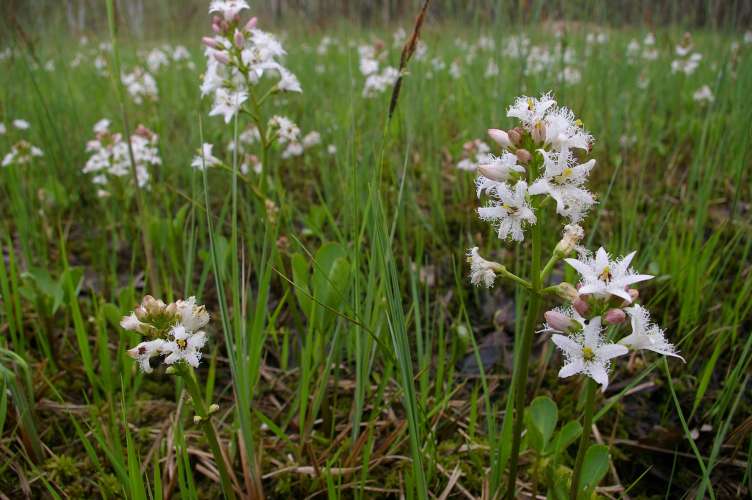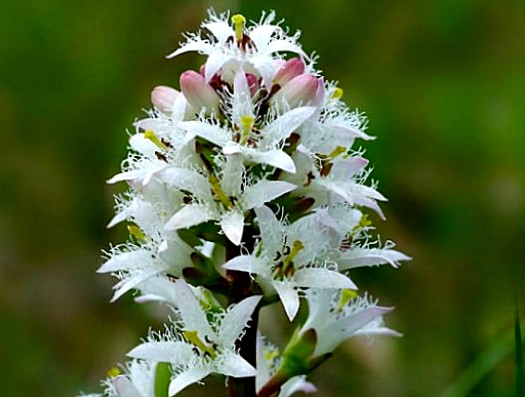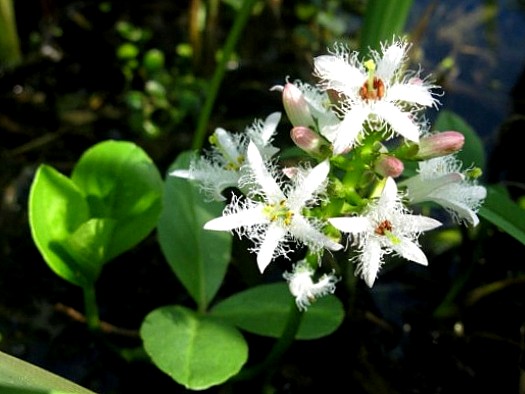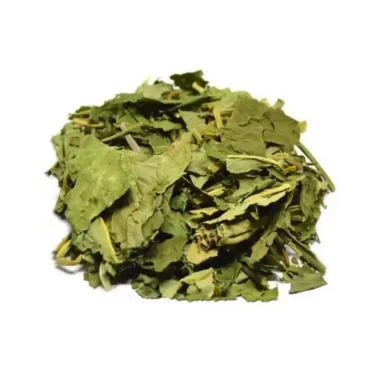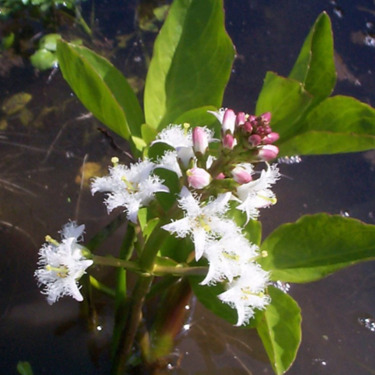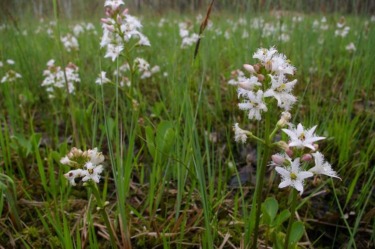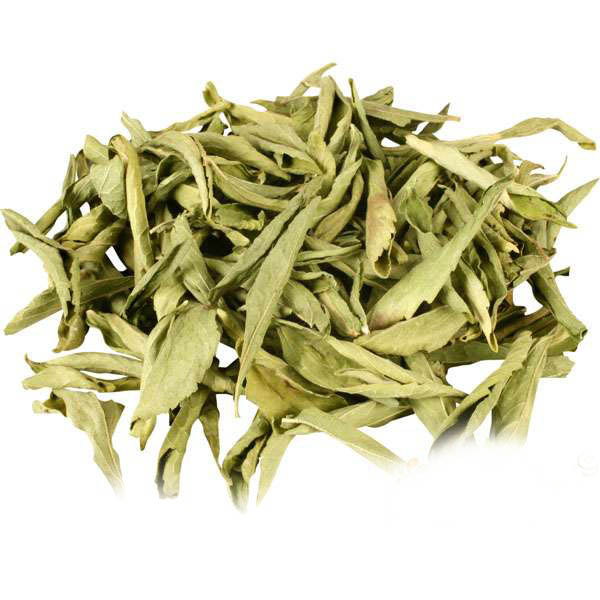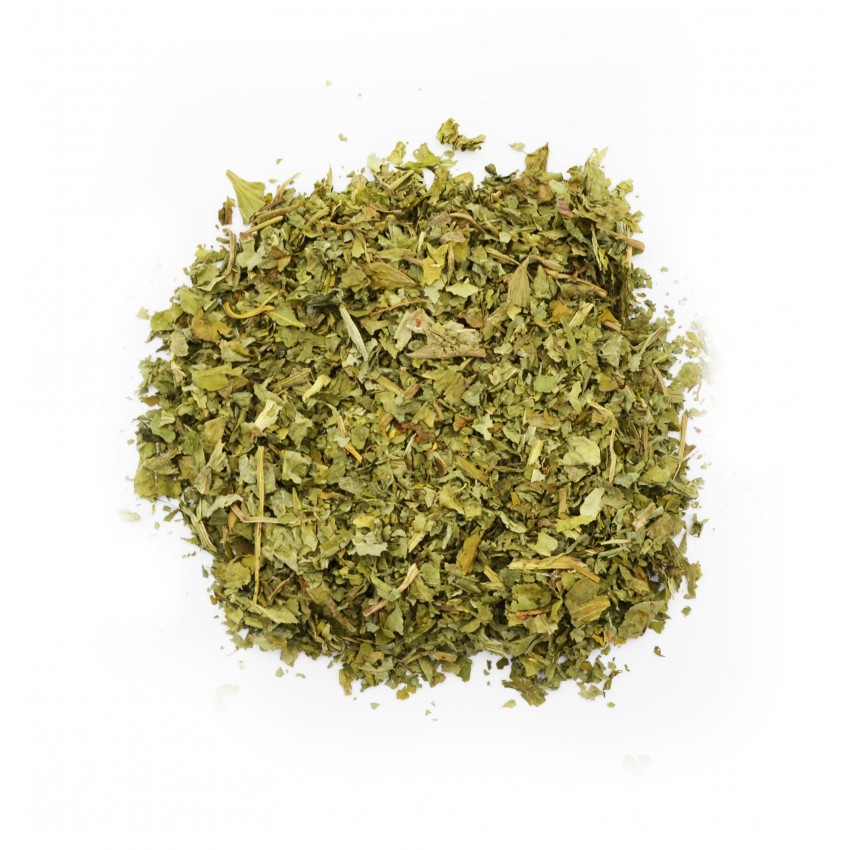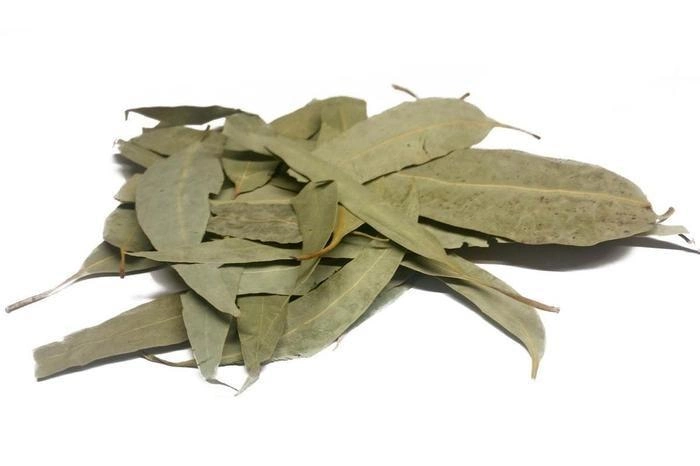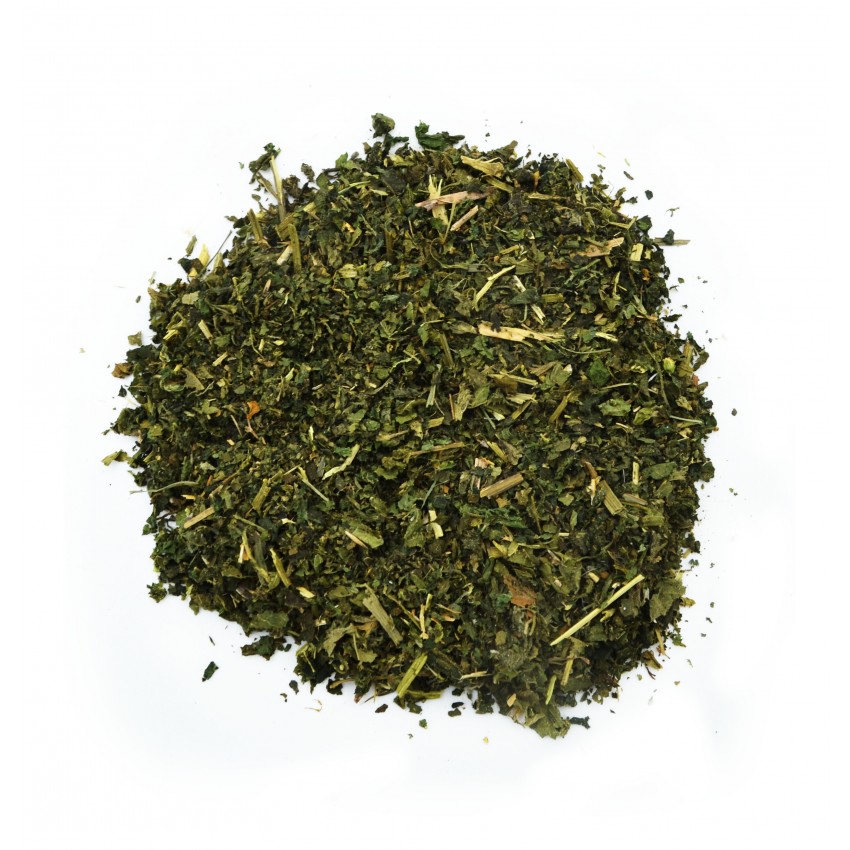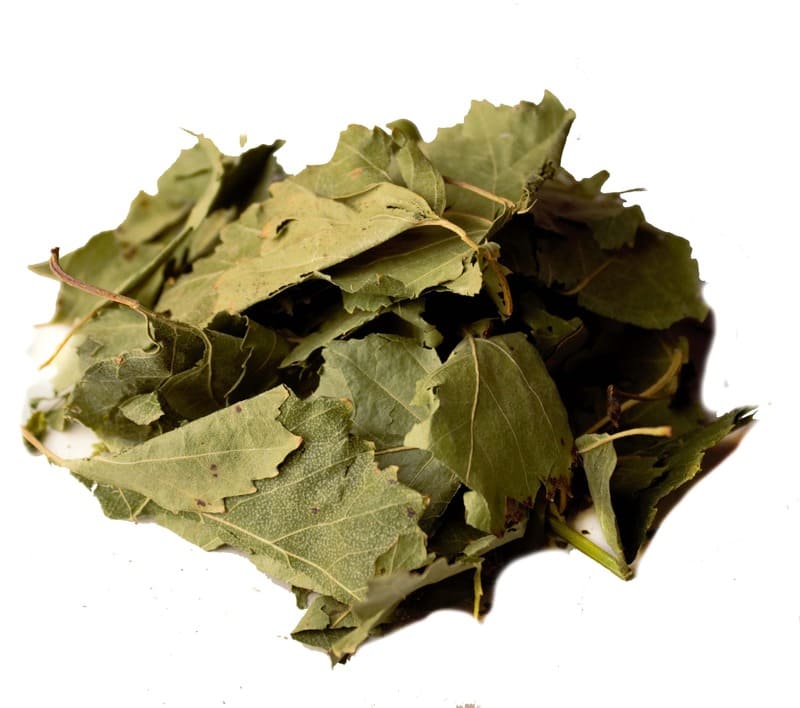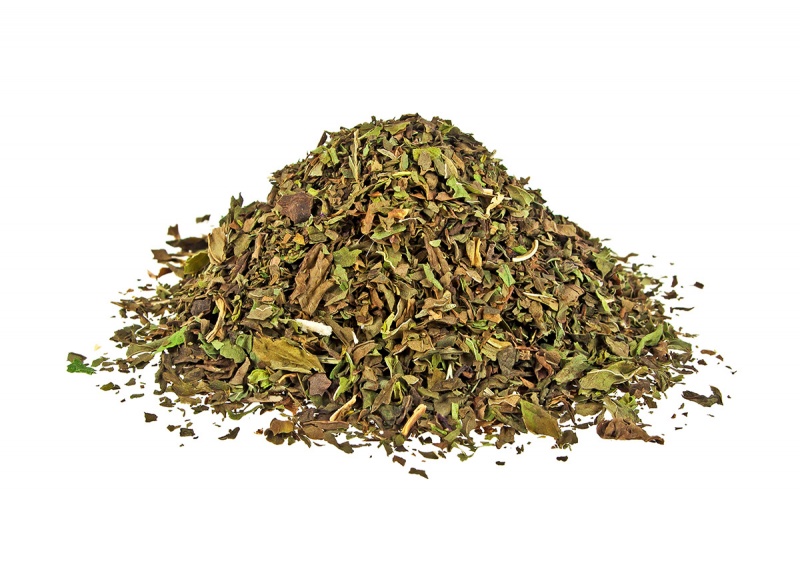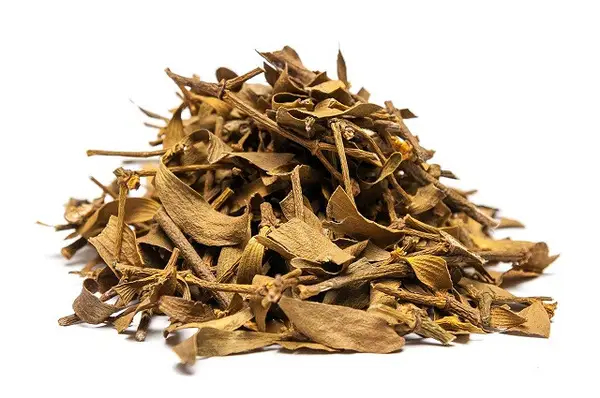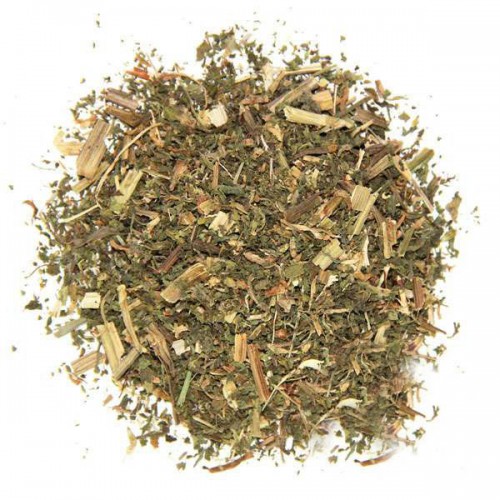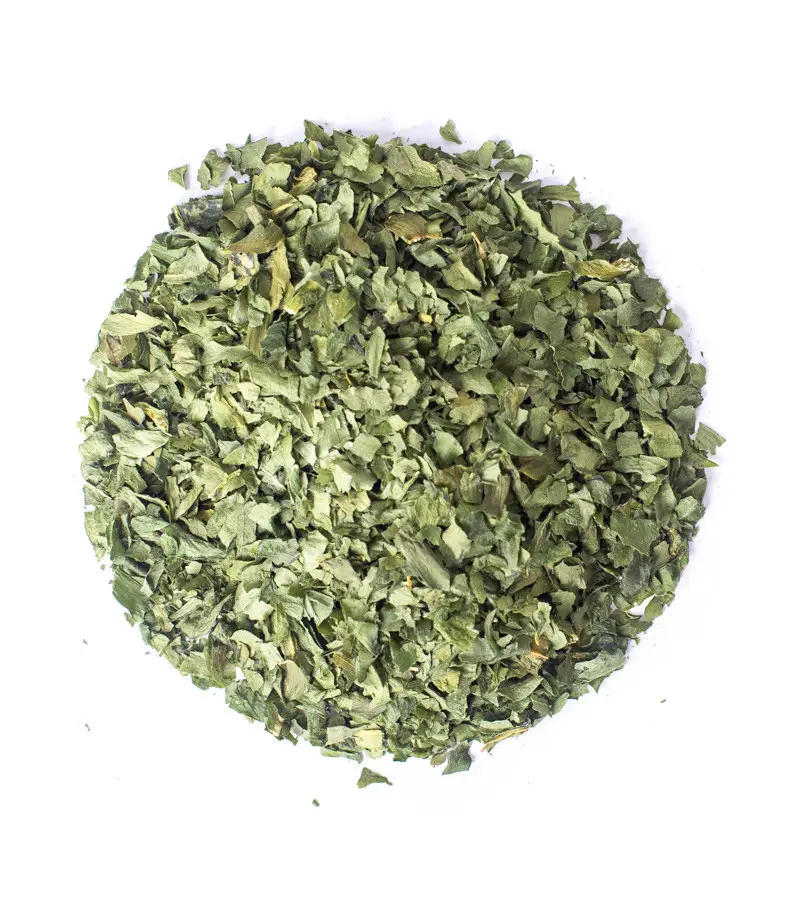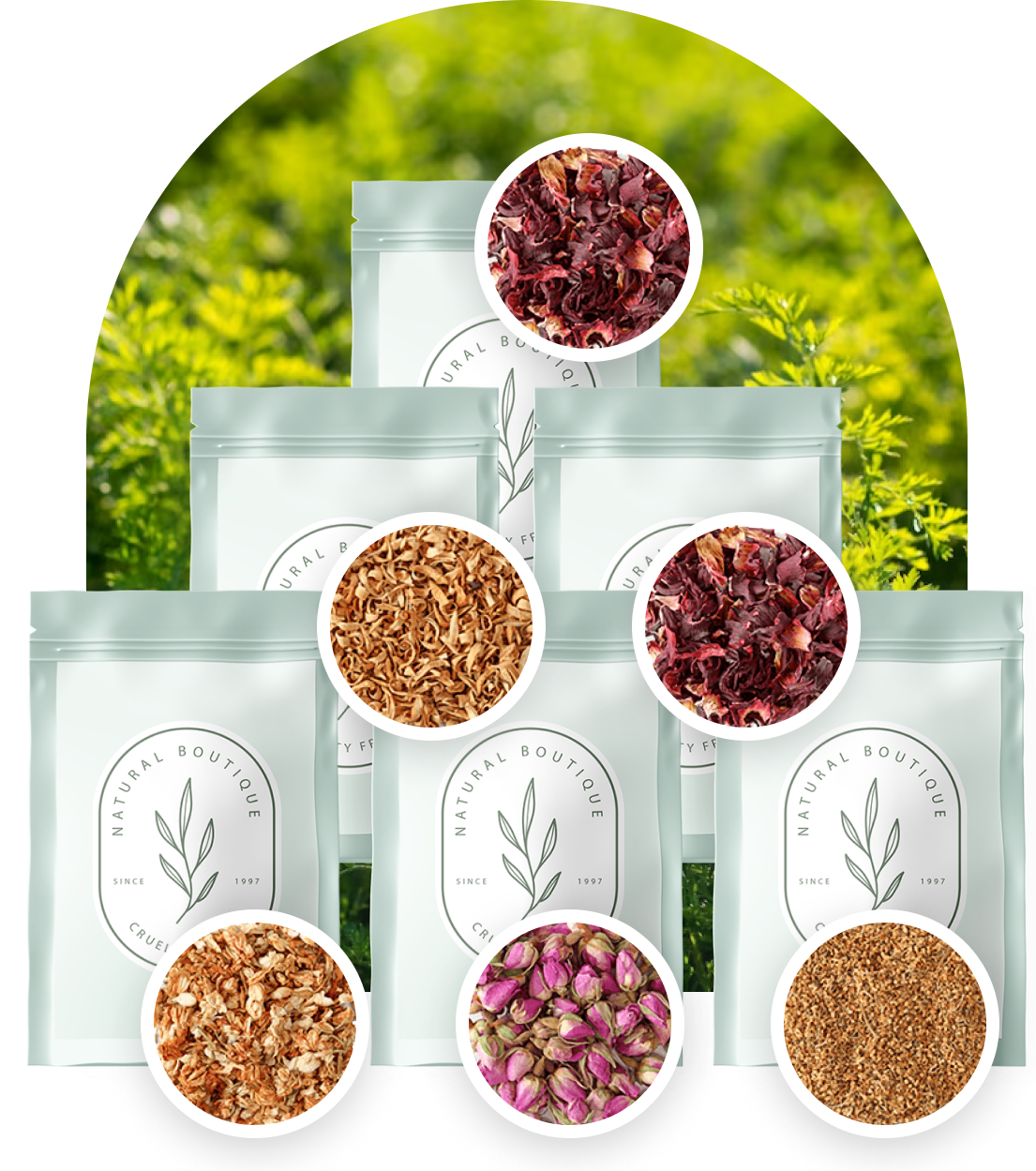Medicinal raw materials are leaves collected during and after the flowering of the Bog Bean. It is cut near the plates themselves so that the remains of petioles do not exceed 3 cm.
On the territory of Ukraine, the Bog Bean is distributed almost everywhere in swamps, marshy meadows and alder thickets. The plant got its name due to its location near water bodies. That is, it warns people that there is water nearby.
The main biologically active substances are bitters, which irritate the taste buds and promote the release of digestive juices. In addition, trifolium leguminous stimulates the work of other digestive glands, peristalsis of the gastrointestinal tract. Also, trifolium legume has anti-inflammatory and soothing properties. Infusion and tincture of leaves are useful for stimulating appetite and normalizing digestion.
The infusion of the leaves is taken internally as a choleretic agent for diseases of the liver and gall bladder, as well as as an antipyretic and tonic. Stimulation of the secretion of bile, which simultaneously with the presence of organic compounds of iodine in the leaves of the watch prevents the accumulation of cholesterol in the body, acts as an antisclerotic agent.
Externally, a decoction of the leaves of the Bog Bean is used as an antiseptic for washing old wounds and ulcers, as well as in the form of baths for scrofula and various skin lesions, as it has a wound-healing effect. In addition, an infusion of leaves is used for toxicosis in pregnant women as a remedy for vomiting.
